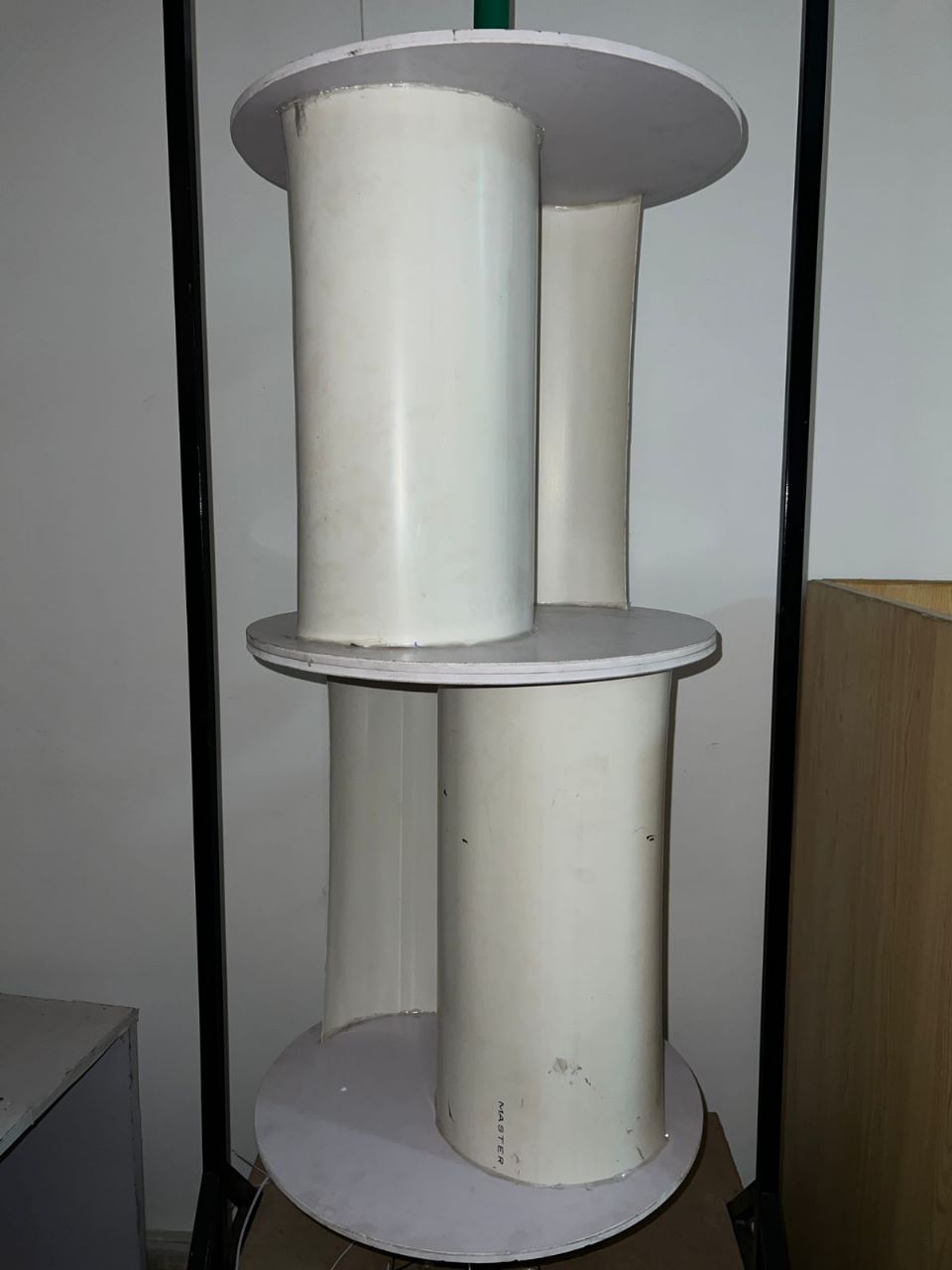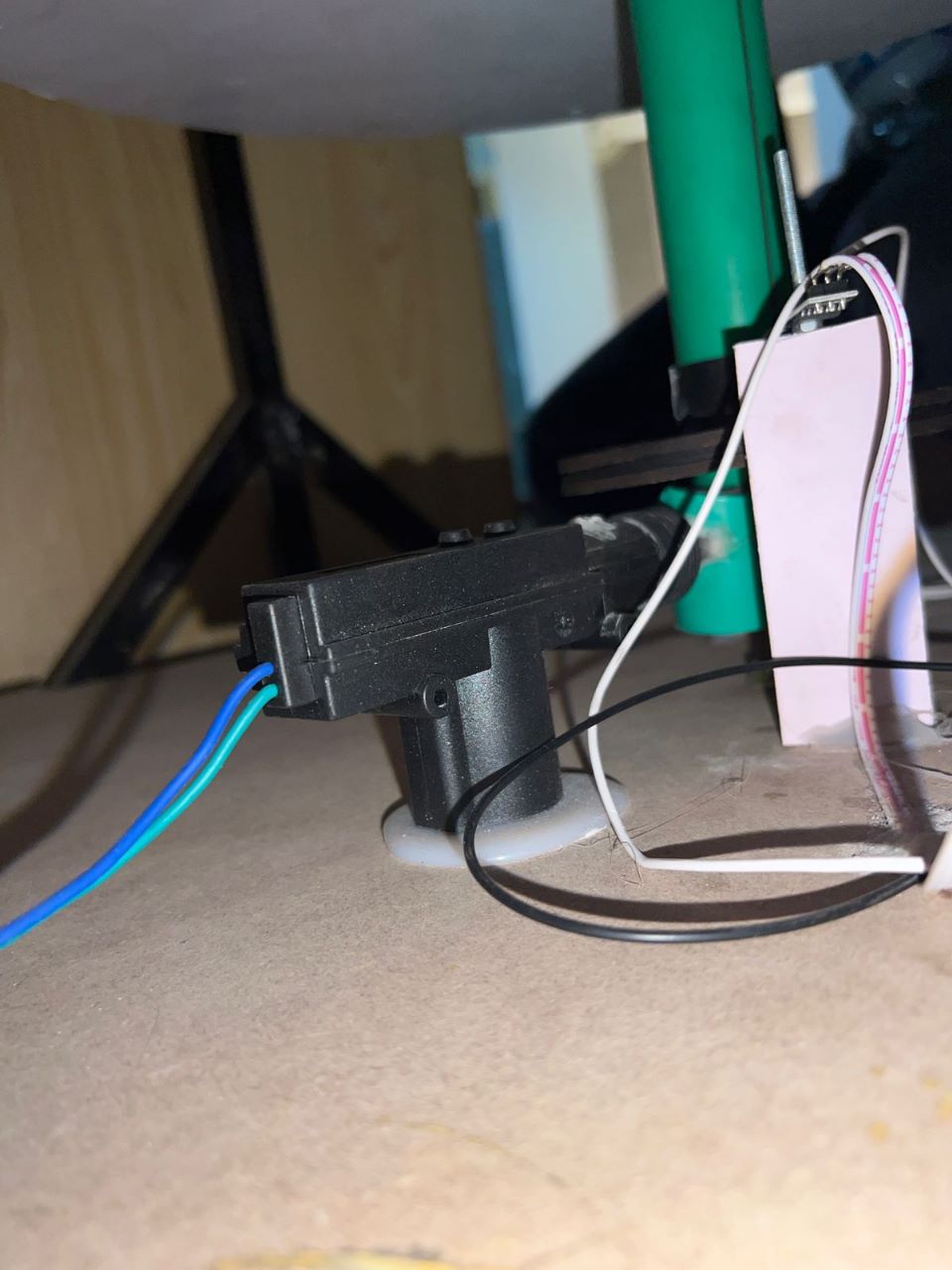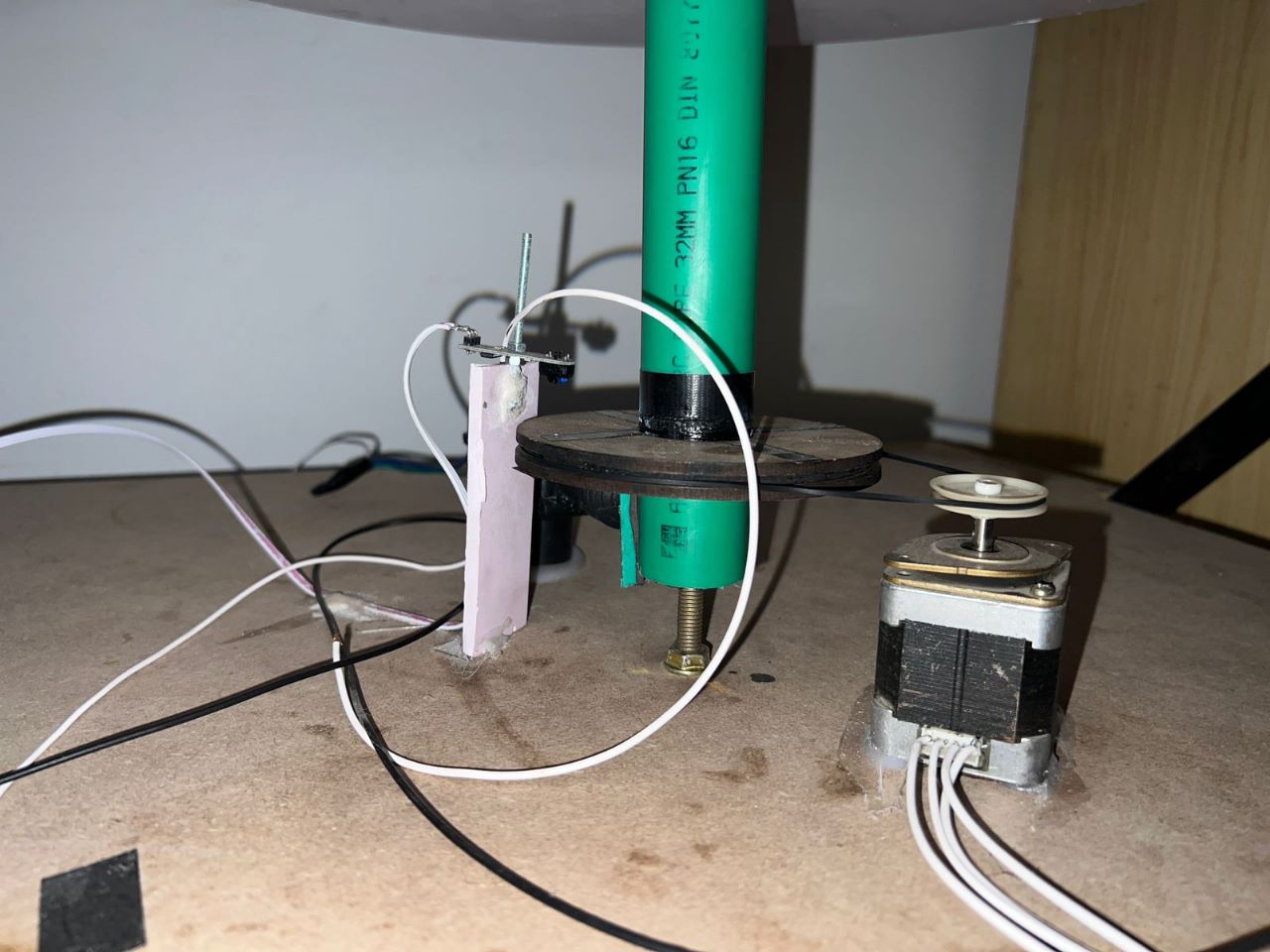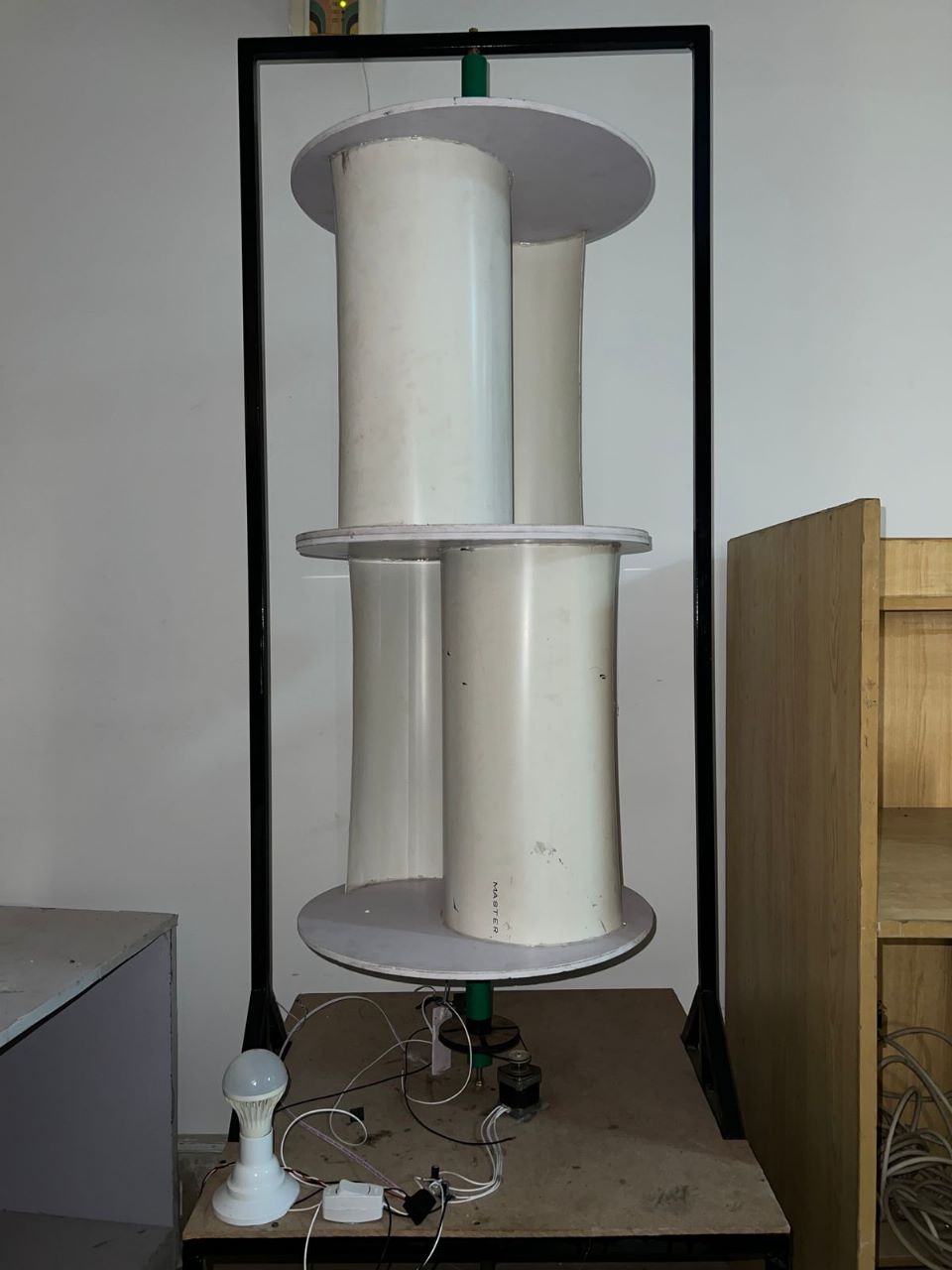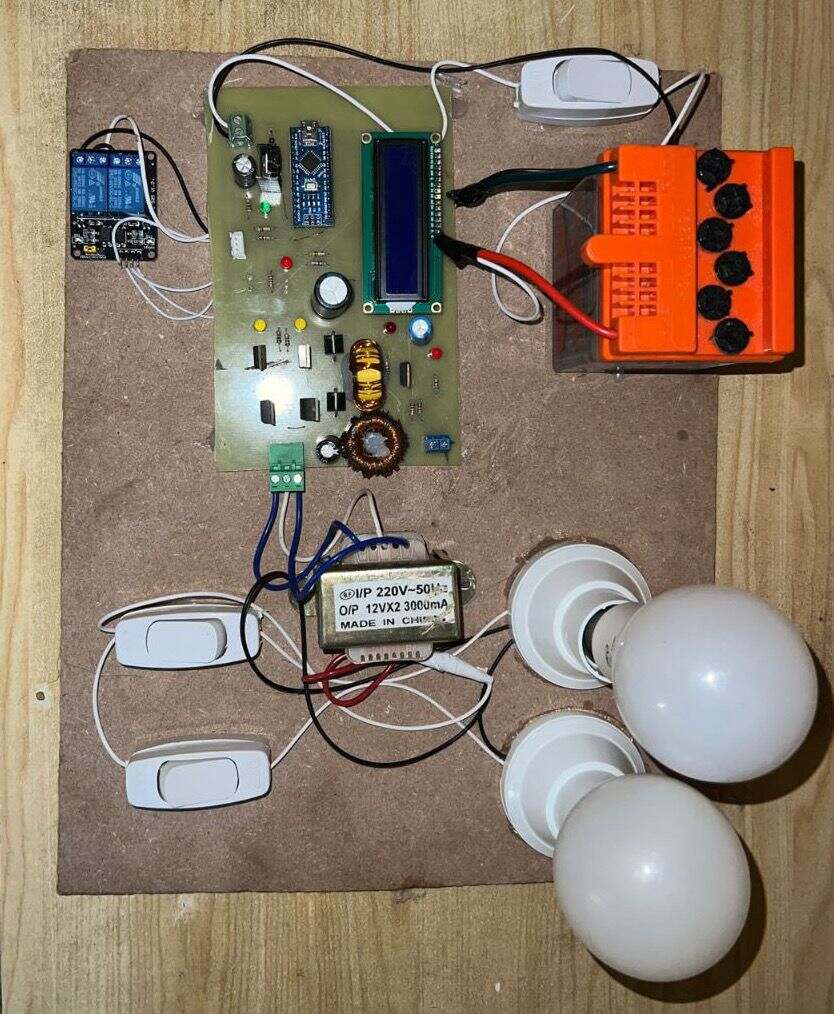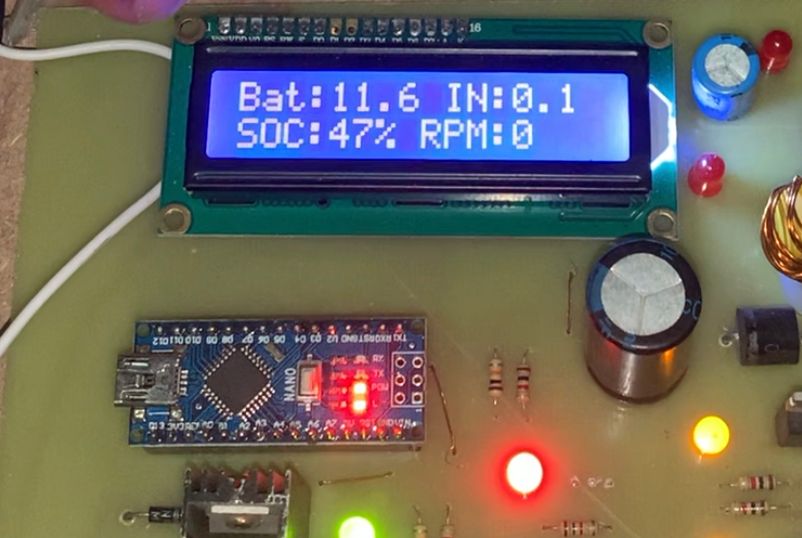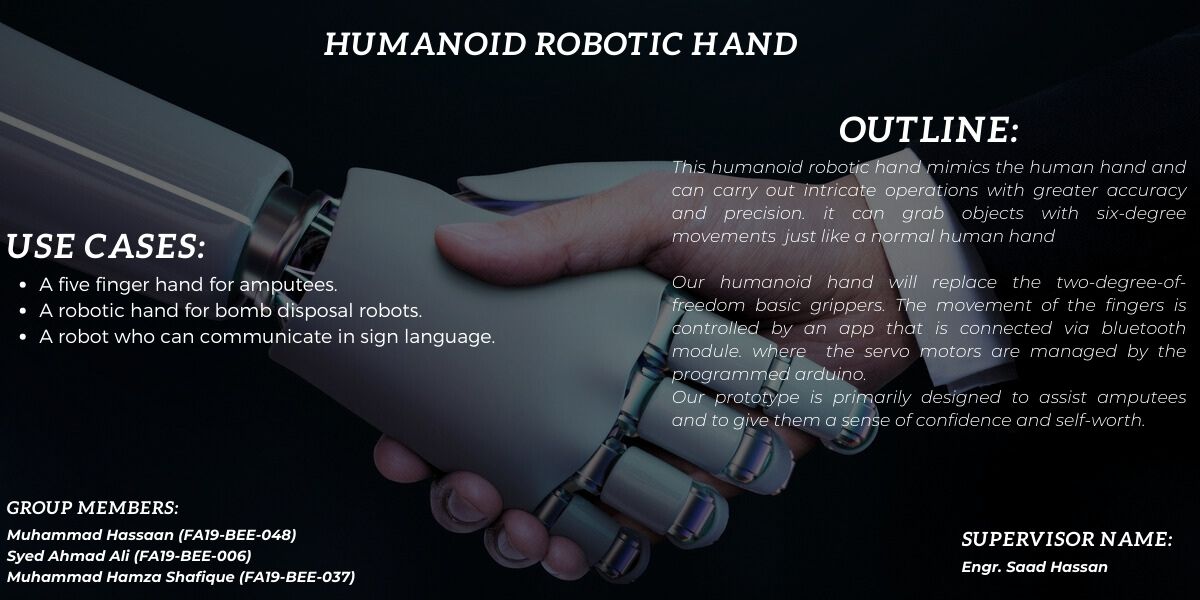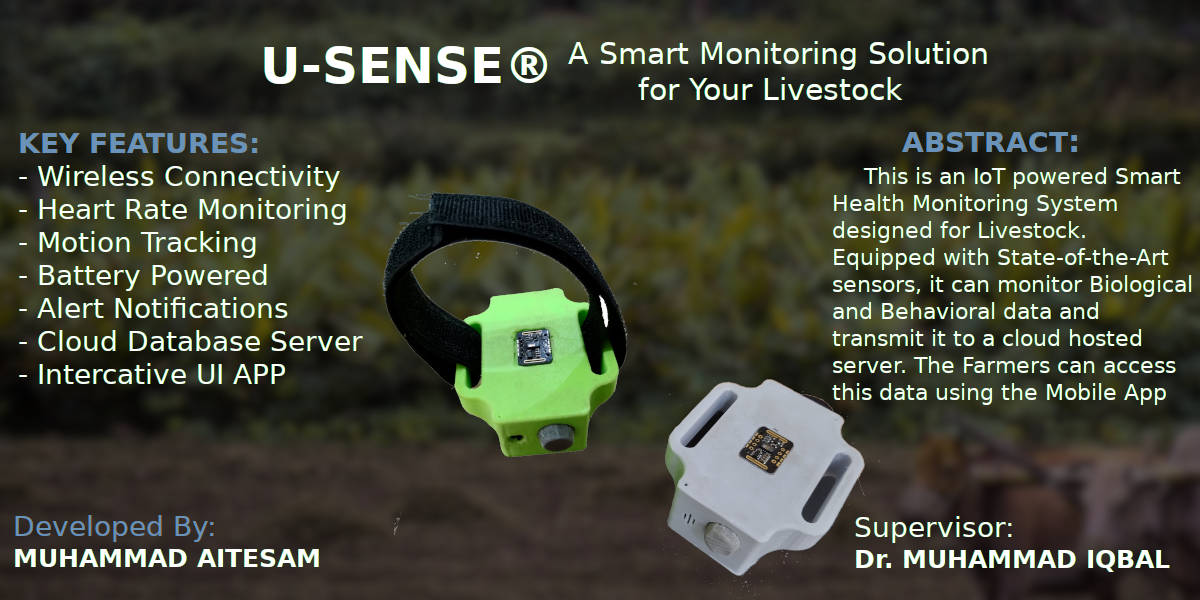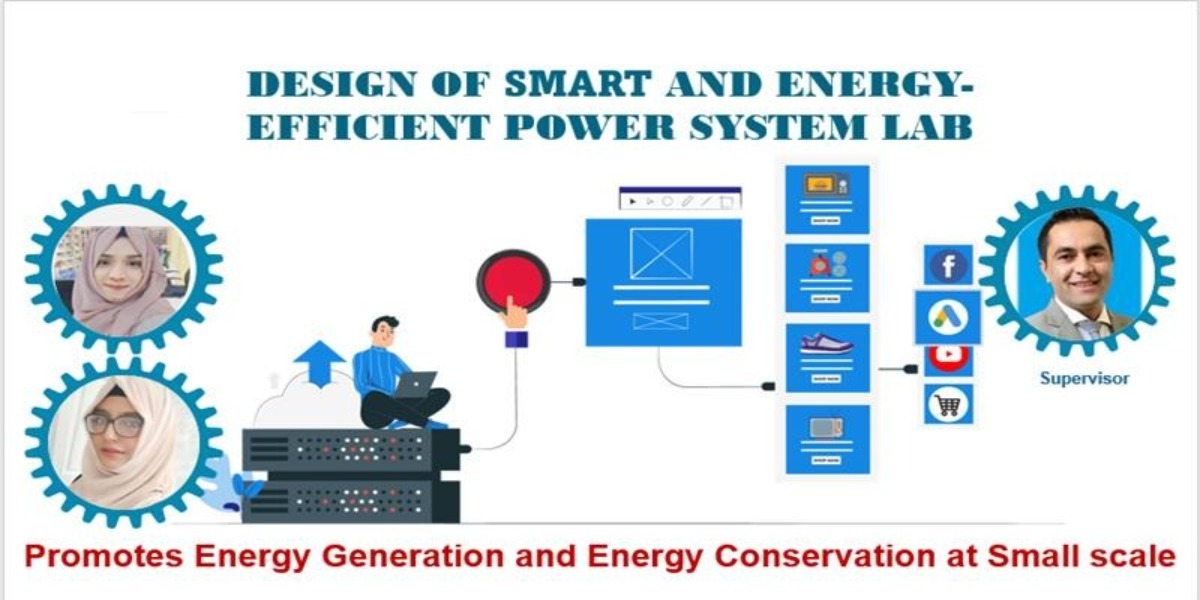Objectives
The main goal of this project is to design, construct, and evaluate a highway wind turbine for power generation using a vertical-axis Savonius type wind turbine. The specific objectives of the project are:
? To conduct a literature review of wind turbines and their applications, including vertical-axis Savonius type wind turbines and their advantages and limitations.
? To design a wind turbine using PVC pipe as the main material, and to optimize the design for maximum power output and efficiency.
? To implement a stepper motor to the wind turbine using a belt, and to design and construct a SEPIC circuit to boost the voltage output to 12V for charging a battery.
? To evaluate the performance of the wind turbine in various wind conditions, including wind speed and direction, and to measure the power output and efficiency of the turbine.
? To analyse and interpret the results of the testing and evaluation, and to draw conclusions regarding the feasibility and potential of using wind turbines for power generation along highways.
Socio-Economic Benefit
The project of implementing wind turbines on highway medians has several socio-economic benefits. Firstly, it promotes the use of renewable energy sources, reducing dependence on fossil fuels and contributing to environmental sustainability. By harnessing wind energy generated by vehicles, the project helps in reducing carbon emissions and mitigating the effects of climate change.
Secondly, the generated electricity can be utilized to power streetlights, improving safety and security on the highways. Well-lit roads reduce accidents and increase visibility, benefiting both motorists and pedestrians.
Furthermore, the excess energy produced by the wind turbines can be sold back to the grid, creating a potential source of revenue. This revenue can be used for maintenance and upkeep of the turbines, as well as for other community development projects.
Moreover, the project has the potential to create job opportunities in the renewable energy sector. From the installation and maintenance of the wind turbines to data collection and analysis, skilled workers can be employed, contributing to local economic growth.
One important benefit is the reduction of air pollution. By utilizing wind energy, the project helps in decreasing the emissions of harmful pollutants and improving air quality, thereby promoting better health and well-being for local communities.
Overall, the socio-economic benefits of the project include improved air quality, energy independence, job creation, increased investment, enhanced reputation, and the promotion of sustainable practices, all of which contribute to the overall well-being and prosperity of the community.
Methodologies
The project involved several stages, including design, construction, and testing. The methodology used in the project can be divided into three main areas: wind turbine design and construction, hardware development, and software development.
Wind Turbine Design and Construction:
The wind turbine was designed using PVC pipe as the main material, and the design was optimized for maximum power output and efficiency. The design was based on a vertical-axis Savonius type wind turbine, which is well-suited for compact installations. The wind turbine was constructed by cutting and assembling the PVC pipes according to the design, and adding the necessary components such as the stepper motor, belt, blades, supporting sheets, bearings, frame etc
Hardware Development:
The project involved the development of hardware components such as the pull-push invertor and SEPIC circuit. The stepper motor was attached to the wind turbine using a belt, and was used to generate electricity as the turbine rotated. The output of the stepper motor was fed into a SEPIC circuit, which was designed to regulate the voltage output to 12V for charging a battery. The battery was then connected to a pull-push inverter to convert the 12V to 220V.
Software Development:
The project also involved the development of software components to monitor and control the wind turbine system. A microcontroller was used to interface between the wind turbine system and the software, which was developed using Arduino programming language. The software was used to monitor the wind turbine performance, and to control the battery charging and inverter system.
Overall, the methodology used in the project involved a combination of design, construction, and testing, as well as hardware and software development. The project aimed to demonstrate the feasibility and effectiveness of using wind turbines for power generation along highways, and to explore innovative solutions for renewable energy systems that can contribute to sustainable energy production and reduce carbon emissions.
Outcome
The project has yielded the following outcomes:
Production of clean and renewable energy by harnessing wind energy generated by vehicles on highways.
Reduction of reliance on fossil fuel-based energy sources and mitigation of greenhouse gas emissions.
Improved air quality and reduced pollution, leading to better respiratory health and a healthier environment.
Creation of employment opportunities in the renewable energy sector, contributing to economic growth and development.
Enhanced energy security and independence by diversifying energy sources and reducing dependence on imported energy.
Stimulated local economies through the demand for supplies and services related to the installation and maintenance of wind turbines.
Promotion of sustainable and environmentally responsible practices, inspiring other communities to adopt similar initiatives.
Contribution to the advancement of renewable energy practices and technologies on a larger scale.
Positive socio-economic impacts through revenue generation, attracting investments, and fostering economic development in the region.
Set an example for sustainable and environmentally conscious projects, encouraging the transition to a greener and more sustainable future.

